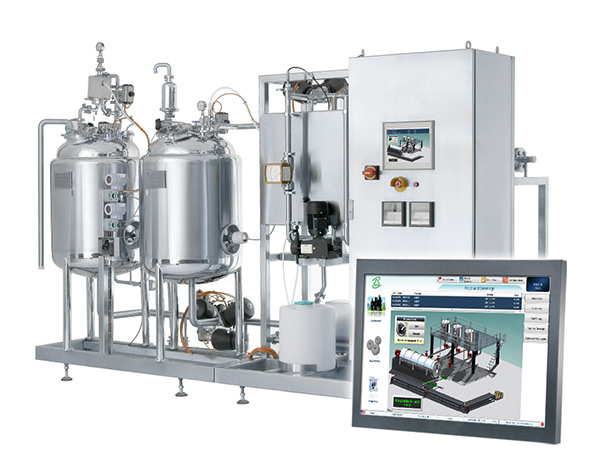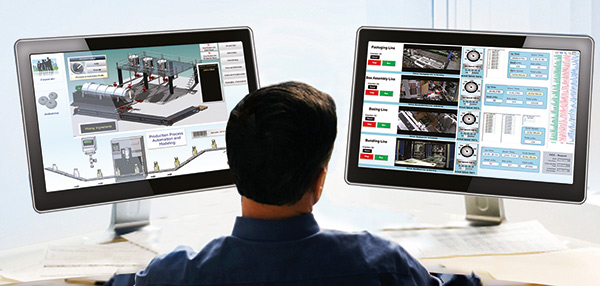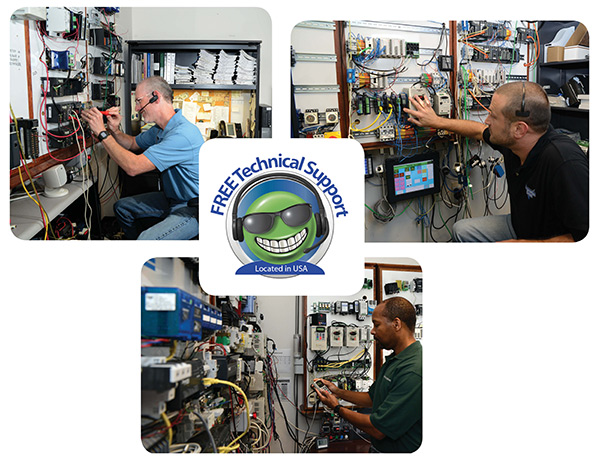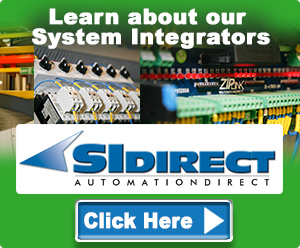Owners, managers and other decision makers in production facilities should focus on how purchased equipment fills production needs to get the best pricing, delivery and support from machine and process skid builder OEMs. Unfortunately, some instead focus on component specification details, which can make it difficult for OEMs to provide the best pricing, delivery and support.

Specifying performance requirements and leaving component details to the equipment supplier will help you get the most out of your OEM and yield the following benefits:
- More bidders
- Lower Cost
- Quicker lead time
- Faster startup
- More reliable operation
- Better support
Specifying performance requirements such as machine cycle rate, safety, finished product specifications, facilities available, safety and physical requirements can help ensure a win-win outcome between your plant and your OEM.
How to Bring More OEMs to the Party
When purchasing equipment from an OEM, it pays to keep the equipment supplier in their comfort zone. If the OEM is comfortable with the requirements, more bidders will come to the party, each providing a cost-effective and accurate quote.
OEMs want to build equipment to their standards using their common components, designs and pricing. Required adherence to the purchaser’s detailed component specifications can upset the apple cart and turn OEM standard designs into educated guesses—adding to engineering, hardware costs and lead times.
OEMs keep their prices down by duplicating proven designs. Specifying equipment outside the performance requirements starts the change and customization juices flowing, to the detriment of cost and schedule. While OEMs can always produce upgrade quotes to meet end user requirements, it’s best to minimize required changes.
Quicker Commissioning
OEMs can quickly install, commission and start up their standard equipment because they have been there and done that and can now adhere to a well-mapped procedure. Component changes can throw a curveball into their plans, particularly modifications to the automation platform as these can lead to software programming bugs which are often not detected until startup.
A performance specification that keeps the OEM’s automation system in place but clearly documents acceptance criteria enables the equipment to be installed and commissioned quickly, with integration to existing plant automation systems the next hurdle.
Standards Ease Integration
It’s common for OEMs to have their equipment connect to existing machine and plant automation systems, and it’s much easier than in the past because proprietary protocols have given way to open systems, primarily Ethernet-based.
End users can ensure easy connectivity from OEM automation systems by specifying:
- an available Ethernet port, either at the controller or the HMI
- conformance with existing plant Ethernet protocols, such as EtherNet/IP
- conformance with existing plant communication schema, such as OPC or PackML
Once an OEM’s standard automation system is installed and integrated, it can be remotely accessed for support.
Remote Access Facilitates OEM Assistance
A second available Ethernet port enables remote access, which can be built-in to most OEM equipment at the HMI or controller level. If the OEM can connect remotely using any one of a variety of plant specified standards, most equipment problems can be solved quickly.

Remote access allows OEMs to support their equipment throughout the warranty period, and often long thereafter at no or low cost. If the purchaser wants to negotiate a support agreement with the OEM, remote access will keep costs down, while ensuring quick response to issues.
Supplier Support
While some issues are best addressed by the OEM or the plant, others require the automation suppliers to step up. While some automation suppliers provide low cost or free support, others consider it a profit center with required support contracts. Purchasers should keep this in mind, and give weight in their bid evaluations to those OEMs using automation suppliers with readily available free or low cost support.

When purchasing machines or process skids from OEMs, specifying performance is usually the best course of action. Too many additional specifications, such as exact component requirements, will adversely affect the project’s cost, delivery, startup and support. Keep it simple for the OEM, and they will deliver their best product and support to you.
For more information, please see the article Skid Building: Focus on Performance in the February 2016 issue of Plant Engineering magazine, authored by Cindy Green, an Industrial Engineer at AutomationDirect.


